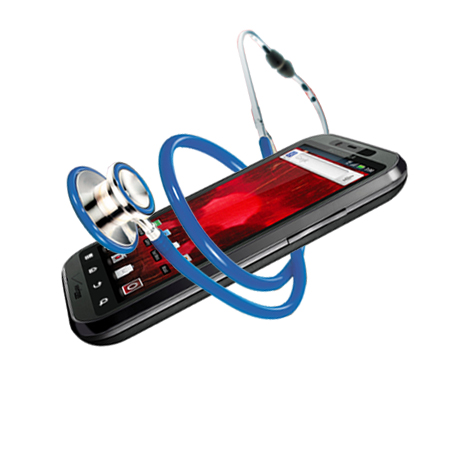Healthcare recognises that today’s consumer has a mobile mind set. 500m people will be using healthcare mobile applications in 2015. Mobile health has already started taking root across many countries and is at the cusp of rapid adoption. The UK leads in mobile health deployments in Europe. Patients expect the information they require about healthcare to be readily available on any device. What should you consider for a mobile strategy?
1. Target audience – an app should not have a one size fits all approach, if it attempts to do everything for everyone it will be diluted and difficult to navigate and not be user-friendly.
2. Brand relevance – do the research to find out if patients or healthcare professionals need to access services via a mobile app; would they rather a mobile website or online portal?
3. Brand performance – test to see if your services are convenient and easy to access, over 90% of apps are abandoned due to poor navigation or inferior performance.
4. Brand image – you can extend your healthcare organisation’s unique personality through a mobile app portfolio, for example the Mayo Clinic in the US has 26 apps with a 86% patient satisfaction.
5. Patient engagement – healthcare apps can become a powerful channel of continuous two-way communication with your target audience (both healthcare professionals and patients).
6. Brand differentiation – an app dedicated to specialist services can promote its urgent delivery, introduce a personal care team, and make it convenient and friendly to access information 24/7.
7. Hospital app – a branded hospital app could offer GPS directions, contact hours, find a consultant, review consultant profiles, request an appointment, learn about treatments and latest news all before a patient visits.
8. Healthcare app – a branded healthcare app could have specific functionality for educational advice on a healthy diet, connect with a dietician, useful resources like recipes, tracking eating and fitness goals.
9. Mobile demand – mobile healthcare demand is strongest amongst younger people, so health systems should therefore create mobile solutions that target this audience, for example lifestyle apps.
10. Multi app strategy – with the right positioning, multiple targeted apps can reach and engage your audiences more efficiently than one general app, for example, solutions across the patient pathway includes, wellness, prevention, diagnosis and treatment.
Mobile is primarily aimed at improving the efficiency of healthcare providers in delivering improved patient care. Healthcare companies should continually consider how to add new services to keep patient attention and build value. What are your mobile strategy plans for the future? Share your thoughts below or on Twitter.


